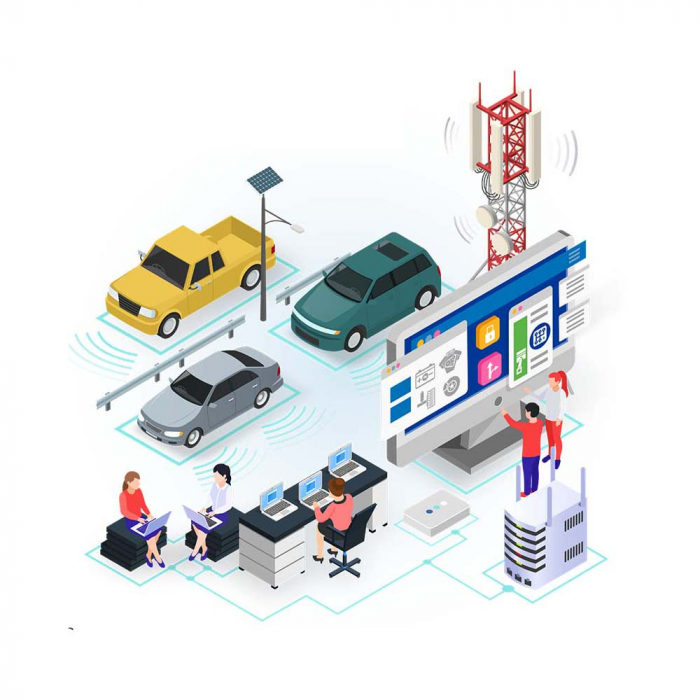IoT systems acquire data from devices, process it for use in applications, and generate real-time information that is communicated to third parties. In EV charging, the public charge points are the devices. They process metering and user data and communicate the information so that the users can be billed, and the utility and communications companies can be paid. In both cases uptime is critical. IoT systems acquire data from devices such as charging points and generate real-time information that is communicated to third parties.
Research conducted by Berg Insight indicates a CAGR (compound average growth rate) of 31.1% in Europe, which equates to a charging point increase from 1.3 million in 2019 to 5.2 million in 2024. The CAGR in North America over the same period will be 26.7%. These numbers include both private and public charging points. Most connected charging points in Europe and North America are located in public or semi-public charging stations.
Recent legislation and product launches are clear indications that governments and the automotive industry are planning for mass EV adoption. The road to transition is, however, somewhat rocky and there are charging issues that create anxiety and confusion for potential EV owners. With the demise of Range Anxiety, however, a freshly minted worry has been emerging; “Charge-Point Angst” when you’re partway through a 300-mile journey, with 30 miles range showing, and you follow the app’s GPS 10 miles to a charger, only to find it’s actually out of order, can’t read RFIDs or take card payments.
This suggests that the Charge Point Operator is either unaware of the site’s status or unable to rectify the problem; either way, remotely, it’s not great. Whilst clearly not that widespread, this seems to happen often enough, and the consequences of each occurrence are serious enough for stories to circulate.
A May 2019 UK survey by ZapMap (reported in Autocar) showed almost 25% of chargers out of service, of which 7.5% were flagged up with a problem (on the app) while 16% were not communicating their status.
This is where the IoT communications industry can play a key part in eliminating complexity by addressing the root cause of much of the uncertainty – by providing real-time information. Setting up wireless networks for high usage IoT applications is not a simple matter of plug and play. Neither is it a straightforward process to scale up networks from a few sensors in a trial or proof of concept to a nationwide service with high reliability. Connectivity is a crucial resource and must be planned at an early stage of an IoT project to ensure its long-term success.


